|
On 29th July, we visited Sunshine Meadows, an alpine area 2159 metres asl a few miles west of Banff. The meadows are accessed by cable-car and at the top there are a number of possible hikes. We walked a seven km circular trail, taking in Rock Isle Lake and Monarch Viewpoint. As in all of the places we’d visited since leaving Red Deer, bird density was relatively low but we did encounter a number of interesting species including Mountain Bluebird, White-crowned Sparrow, Gray-crowned Rosy-finch, Clark’s Nutcracker, American Pipit, Hermit Thrush, Mountain Chickadee and Boreal Chickadee. From a rise, I also picked out two Greater Yellowlegs feeding on a distant, inaccessible muddy pool. The next day, we checked out of our hotel and drove back to Calgary, stopping at the small town of Canmore, 25 km from Banff, en route. This is another town where there are streams, small woods and attractive gardens within a stone’s throw of the centre. Birds I added to the trip list were d Fox Sparrow and Western Tanager.
Back in Calgary later that afternoon, I walked out from our hotel in the environs of the airport to check out a couple of nearby roadside ponds. One pool held a pair of Horned Grebes with a tiny chick, and a juvenile American Coot. Another pond had several Lesser Scaups and a Redhead. Our onward flight to the UK on 31st July was not until the early evening, so we spent a couple of hours at Inglewood Bird Sanctuary in the morning. Situated besides the Bow River near the centre of the city, this reserve boasts 270 species of birds, 21 species of mammals and 347 species of plants. It was a very pleasant place to wonder around. Small pools held Mallards, Wood Ducks and Common Goldeneyes. The river itself produced 40+ Ring-billed Gulls, several Californian Gulls and five Franklin’s Gulls along with a few Double-crested Cormorants and a Common Merganser. Overhead, we saw a Red-tailed Hawk, two Swainson’s Hawks and three Ospreys. Smaller birds included a family party of Eastern Kingbirds and several Northern Rough-winged Swallows perching in dead trees. A female Mule Deer fed in the area along with two fawns.
2 Comments
On 26 July, we drove west into the Rocky Mountains. Before we reached Banff National Park, we spotted a Black Bear walking on the flower-covered verge beside the road. We quickly pulled up but I was unprepared and managed only a few inadequate shots with my camera before the bear walked up an incline into the forest and disappeared from view. Our base for the next four nights was Banff town, a busy and expensive tourist centre that caters for skiing enthusiasts in winter and for sightseers from all over the world in summer. In spite of the number of visitors, the town makes a great base for exploring the nearby mountains, and there are woods, marshes and lakes of interest to the naturalist a short walk from the bustling town centre. On 27 July, from our hotel we walked along the Bow River and explored the forested Fenland Trail and the Vermilion Lakes area to the west of the town. The lakes held two Common Loons, a few Canada Geese and Mallards, and a number of Ring-billed Gulls and a juvenile Franklin’s Gull. A pair of Bald Eagles were perched in a distant tree. The best bird along the Fenland Trail was probably an American Three-toed Woodpecker. Red Squirrels and Colombian Ground Squirrels were also present alongside the lake. Back in town along the railway track we came across a couple of Mule Deer. The following day we drove to Lake Louise a major scenic attraction 55 kilometres north of Banff. The quickest way is along the Trans-Canada Highway which lies just north of the town, but we chose the slower Bow Valley Parkway route. This rural road runs parallel to the highway; the speed limit is restricted to 60km/h (sometimes less) and it is known as a possible area for bears. We were fortunate. We came across a Black Bear feeding on berries at the side of the road. The bear was oblivious to us and the couple of other parked cars and we were able to observe it for about twenty minutes.
Lake Louise itself was very busy. We walked along the lakeside where the crowds were thinner than around the over-grandiose hotel known as Chateau Lake Louise. There were a few birds, including Violet Green Swallows and Cliff Swallows flying over the water; some of the latter were breeding high on the walls of the hotel and several of them kept coming down to an oily puddle in the hotel grounds to collect mud for their nests. Golden-mantled Squirrels were also present at one section of the lakeside trail. Back at Banff in the afternoon, I walked out to another nature reserve known as the Cave & Basin Marsh Loop. It was difficult to find an adequate viewpoint over the wet pools, but I did manage to see a couple of Hooded Mergansers and an American Coot. In the vegetation around the lake, birds I saw included three Gray Jays, a couple of singing Common Yellowthroats, a Warbling Vireo and an unidentified Empidonax flycatcher. I also saw a Whitetail Deer here. On 21st July, we drove to Nordegg, 173 kilometres west of Red Deer. En route, we stopped at Rocky Mountain House to pick up a few supplies, including a canister of bear spray –we were entering bear country - which you wear in a holster on your belt. Nordegg itself is a hamlet with a motel, a golf course, a couple of general stores, a small museum and a small cemetery. About 90 people reside here, but back in the mid-1990s it was home to a population of 3,000. They were there because of the local coal mine which flourished from 1911 onwards, providing coal for the steam trains on the national railway system. However, the mine closed in 1955 as steam trains were replaced by trains powered by diesel and the mine was no longer financially viable. Most people left and Nordegg became something of a ghost town. We were visiting the area because our youngest son was working at a summer camp a few kilometres out of Nordegg on the shore of Goldeye Lake. We stayed in a cabin there for five nights, hiking to a waterfall, walking around the lake, visiting the old mine. The small lake itself held a pair of Common Loons that had a single recently-hatched chick, along with Belted Kingfisher and Osprey. Bird density in the surrounding pine plantations seemed low, but around the camp, apart from the ubiquitous American Crows, I did see a pair of Northern Flickers, and a few Ruby-crowned Kinglets, Dark-eyed Juncos and Yellow-rumped Warblers. On 22nd we hiked out into a wilderness area to Siffleur Falls. Again, there were few birds but I did see my first Clark’s Nutcracker and the only Spruce Grouse of the trip. On 25th July the golf course at Nordegg and the adjacent lake turned up families of Ring-necked Ducks and Buffelheads, two Wilson’s Snipes, a Long-billed Dowitcher, an immature Bald Eagle and a family of Californian Gulls (one adult, three juveniles).
There were bears in the area. A sign at the start of the Siffleur Falls trail indicated such, and we were told a Black Bear had been seen near the golf course on the evening of 24th. However, we didn’t come across any during our stay at Goldeye Lake. Think I'll go out to Alberta... Ian Tyson My wife and I went to Alberta. We flew from Hong Kong to Calgary via Vancouver on 18th July. On the 19th, we picked up a hire car and drove through flat pasture land to the town of Red Deer, 137 kilometres to the north. Although it was mid-July, the temperature was around 9 degrees Celsius and there was driving rain. Just outside of Red Deer we stopped in a small muddy car park beside Slack Slough – a well-known wetland area. Unfortunately, because of the awful weather we did not get out of the car. There were no views over the water and what birds there were were difficult to get to grips with. However, three Wilson’s Snipes flew overhead and a Wilson’s Phalarope landed briefly next to the pool of water in the muddy parking area. The following day dawned more brightly and we spent most of the day around Gaetz Lakes, a bird sanctuary close to the centre of town, and the adjacent McKenzie Park. I also went back to the lakes on the early morning of the 21st before we continued our journey. The bird sanctuary is based around two lakes; there are trails through pine forest and grassland, and bird feeders outside the Kerry Wood Nature Centre allow for good views of a variety of species. The area provided a good introduction to a number of North American birds, although I struggled with some of the sparrows! There were not too many waterfowl on the lakes, although there were more ducks than at first appeared and I saw Common Goldeneye, Mallard, Common Merganser, Lesser Scaup, Redhead, Ring-necked Duck, Green-winged Teal, Blue-winged Teal and Ruddy Duck, a number of these with chicks. They were not always easy to identify, however, as drakes at this time of the year are in eclipse plumage. Canada Geese and Red-necked Grebes were also present on the lake, and flyovers included three Great Blue Herons, 24 American White Pelicans and 46 Franklin’s Gulls. A pair of Common Loons was on the small lake at McKenzie Park. Other birds in the surrounding area included Eastern Phoebe, Black-capped Chickadee, White-breasted Nuthatch, House Wren, American Robin, Cedar Waxwing, House Finch, American Goldfinch, Yellow Warbler, Red-winged Blackbird, Common Grackle, and Brown-headed Cowbird. As for the sparrows, which are closely related to Old World buntings, with the aid of the photographs I took and with reference to recent editions of two field guides – The Sibley Guide to Birds and The New Stokes Field Guide to Birds: Western Region – I worked out I saw Chipping, Clay-colored, Savannah, Lincoln’s and White-throated Sparrows in the area, although I have the suspicion that I also saw one or two other species that passed under my radar.
|
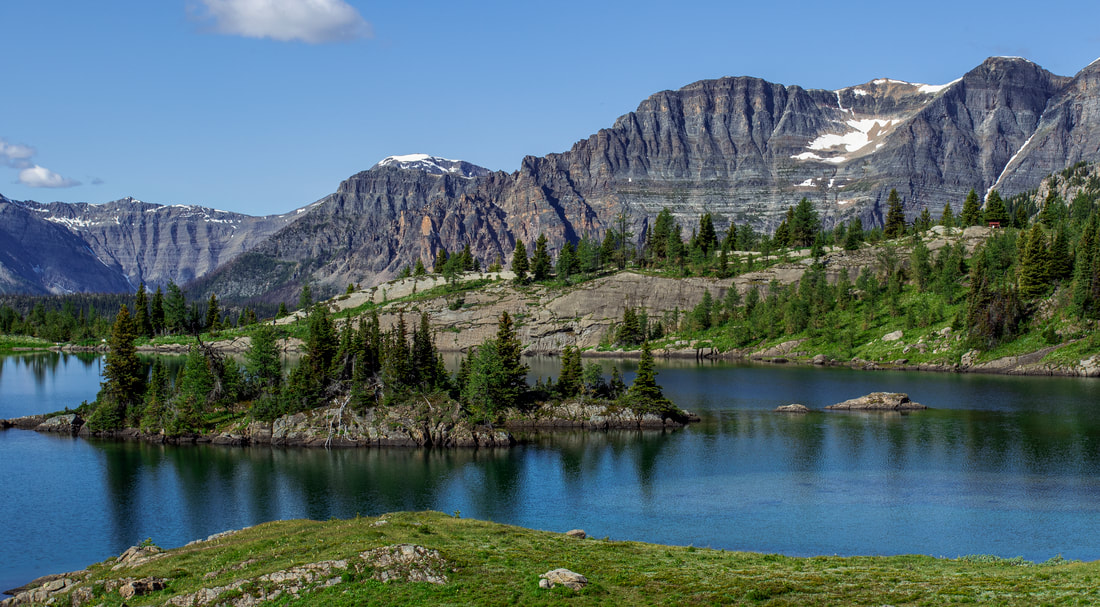
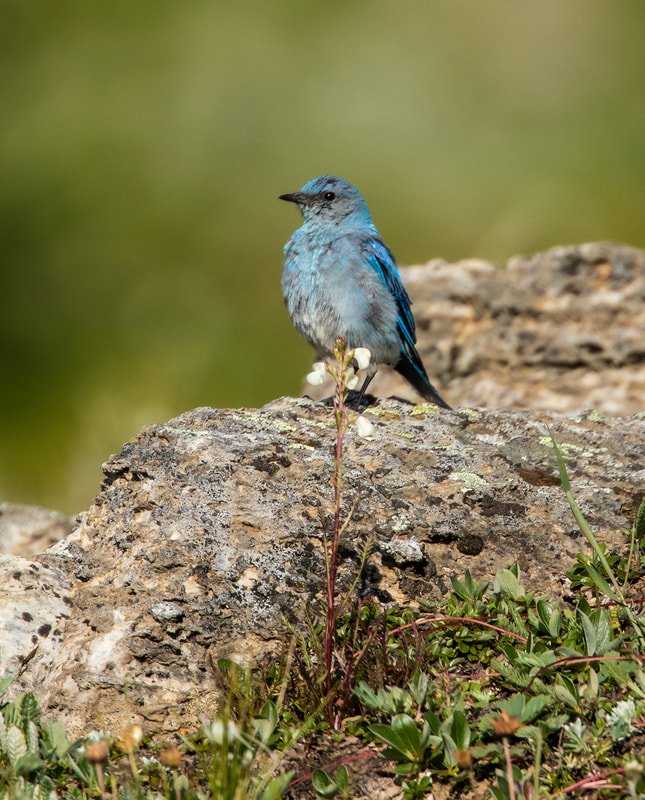




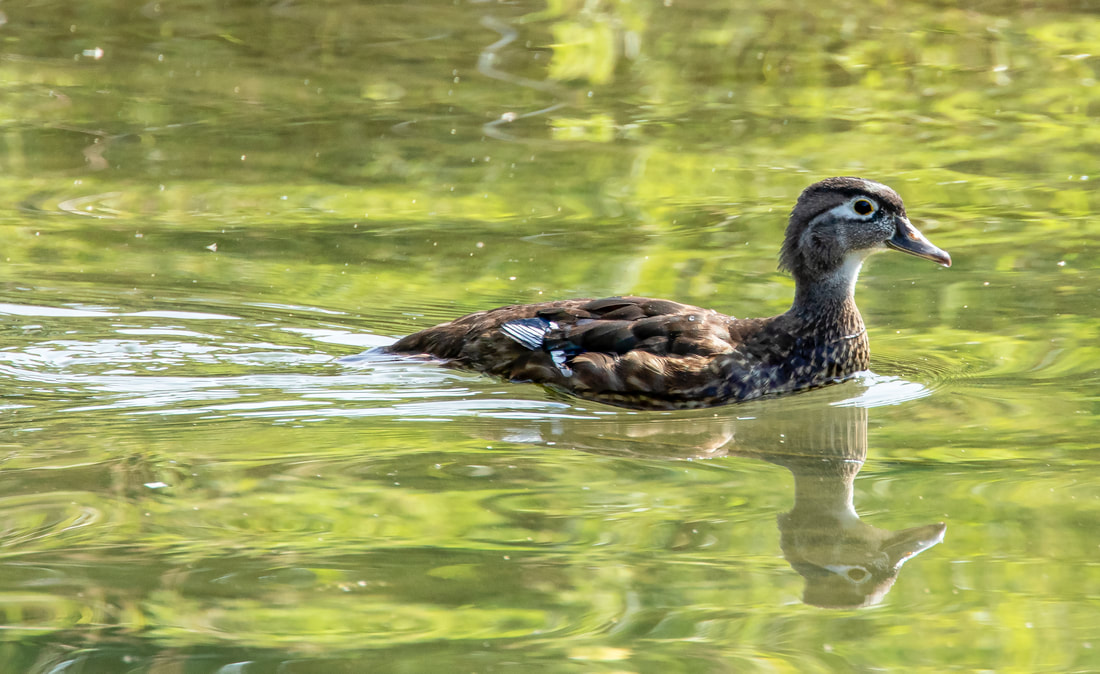


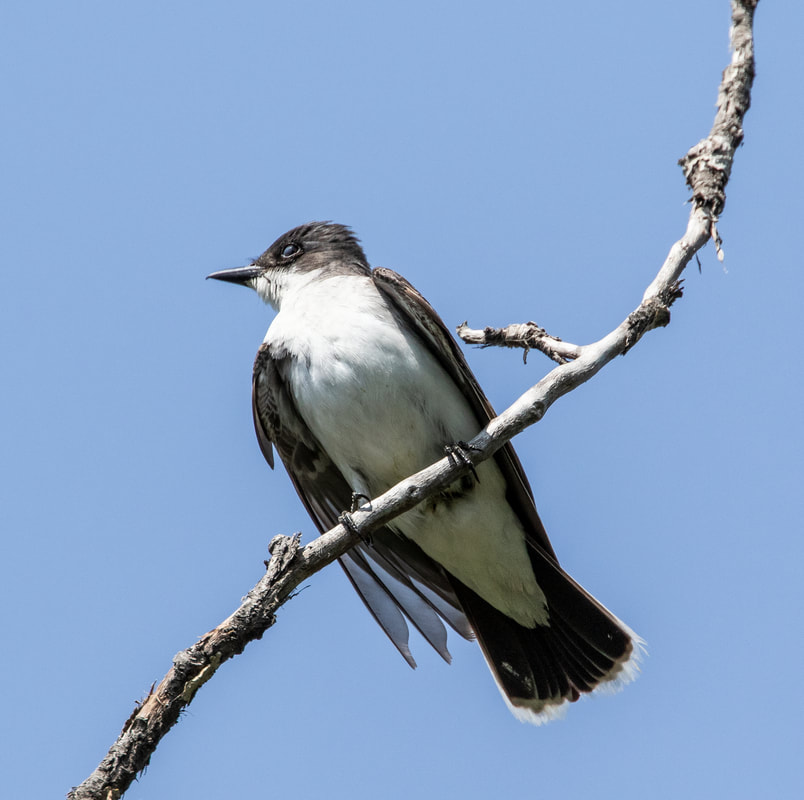










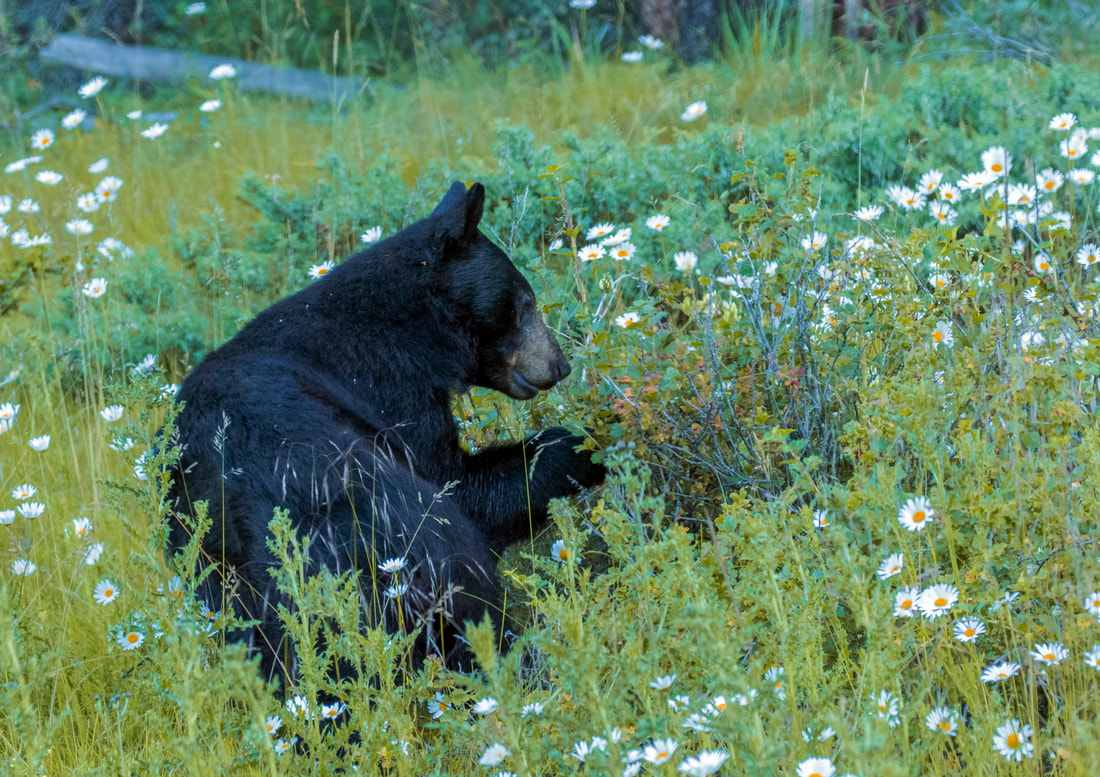



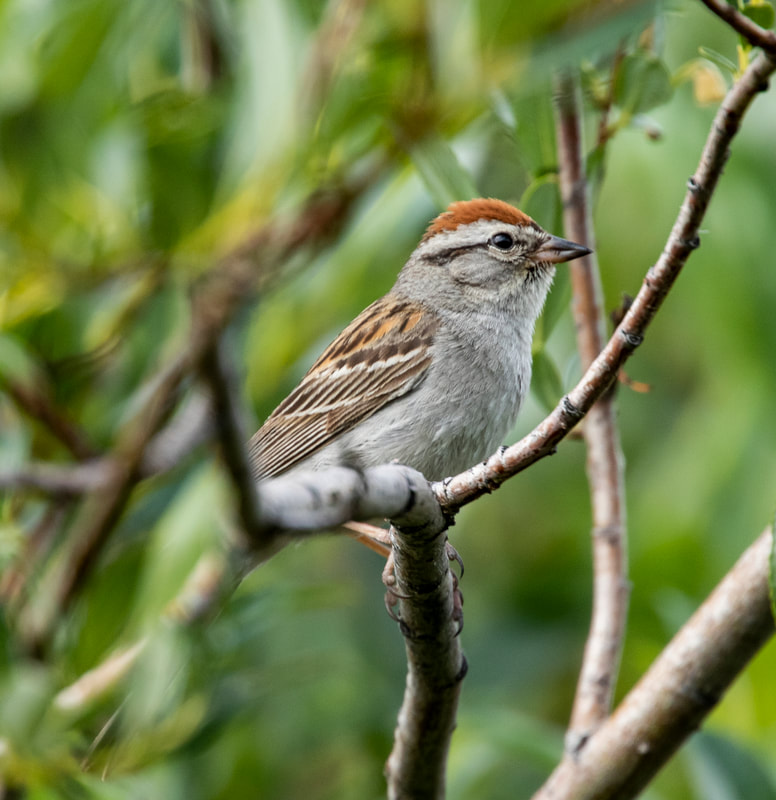
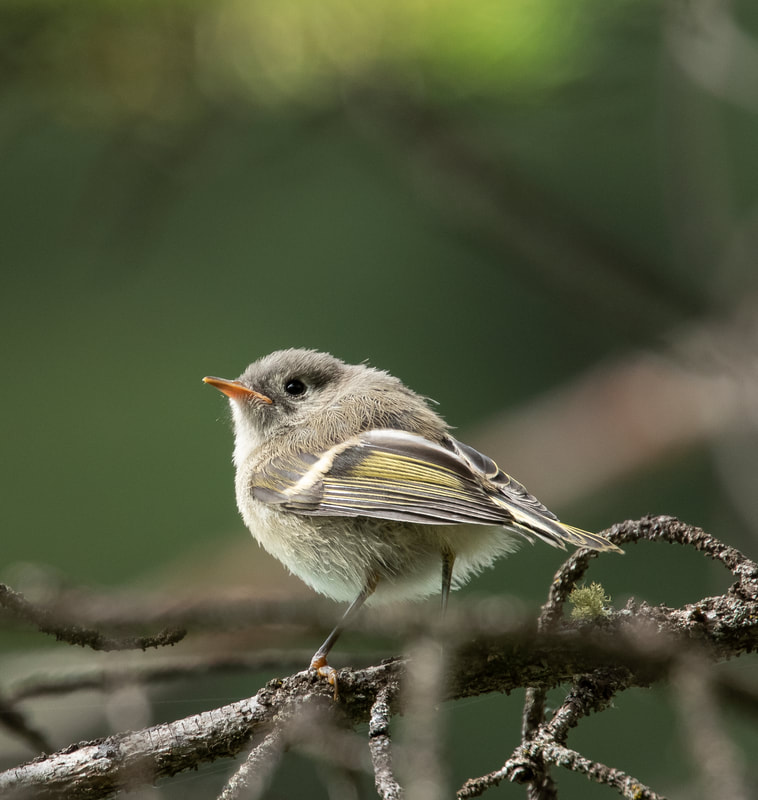

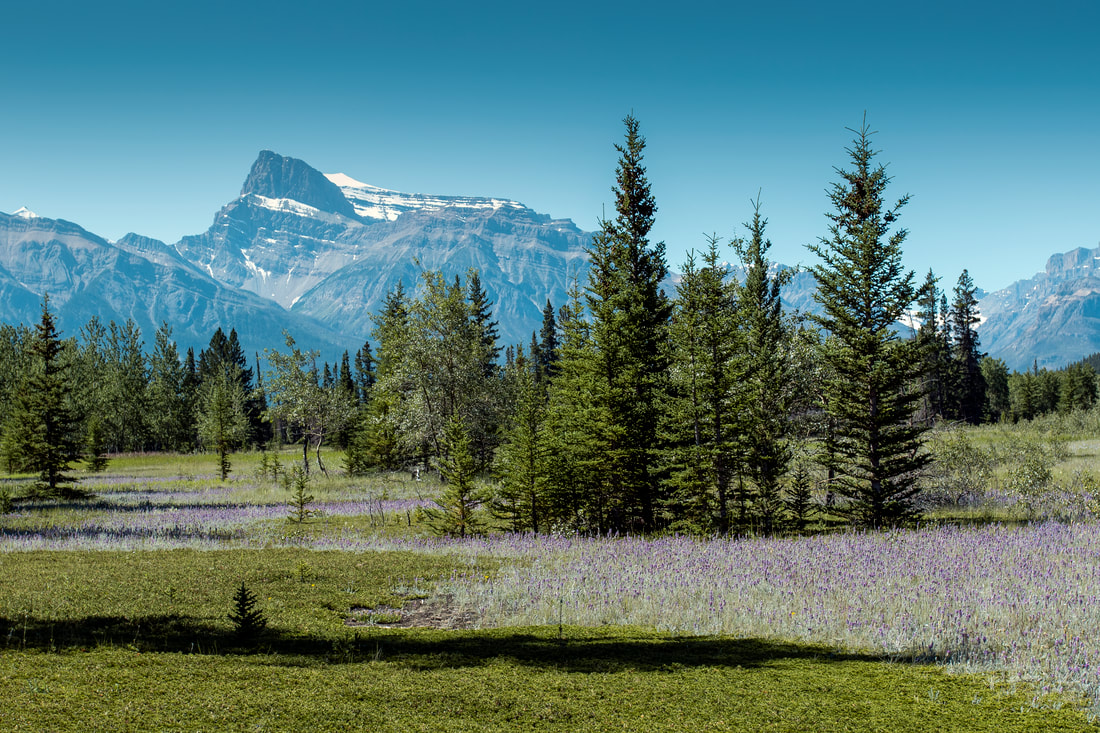
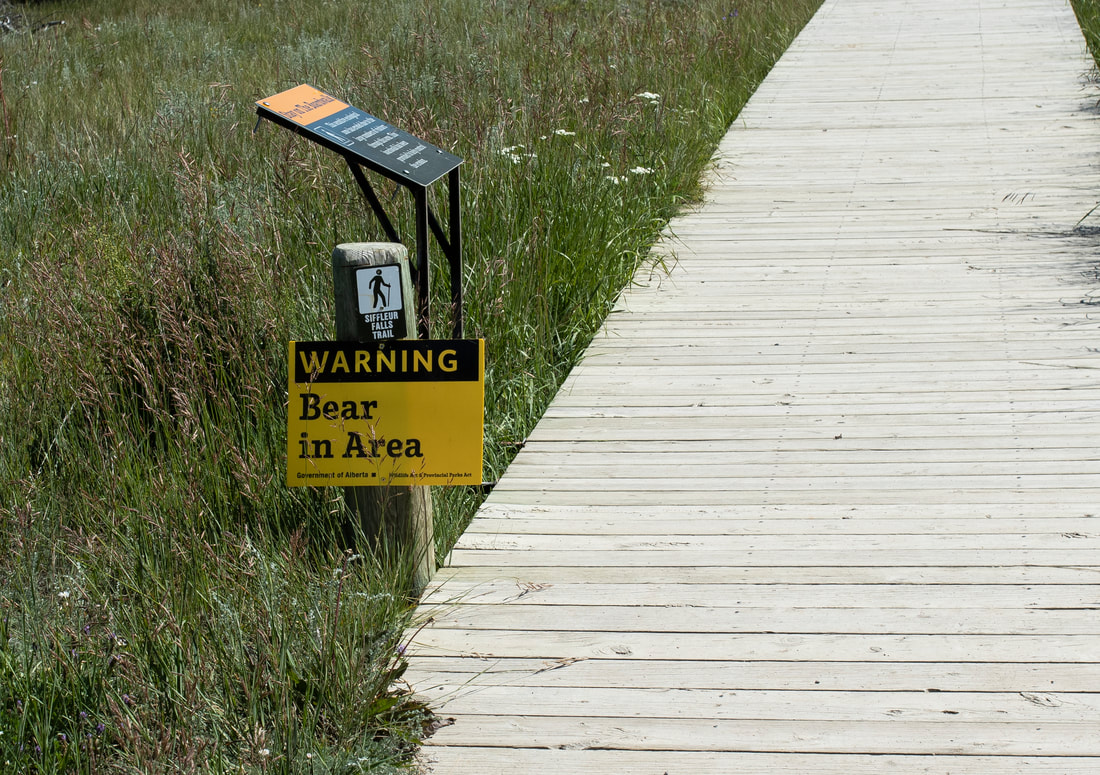





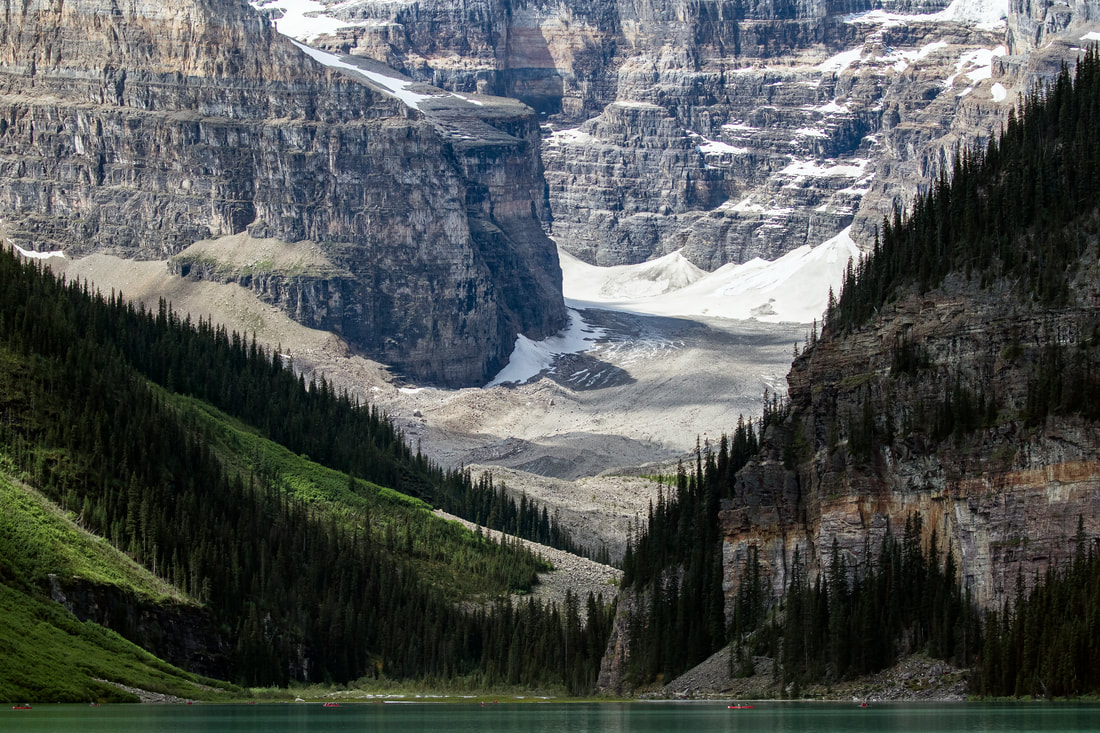









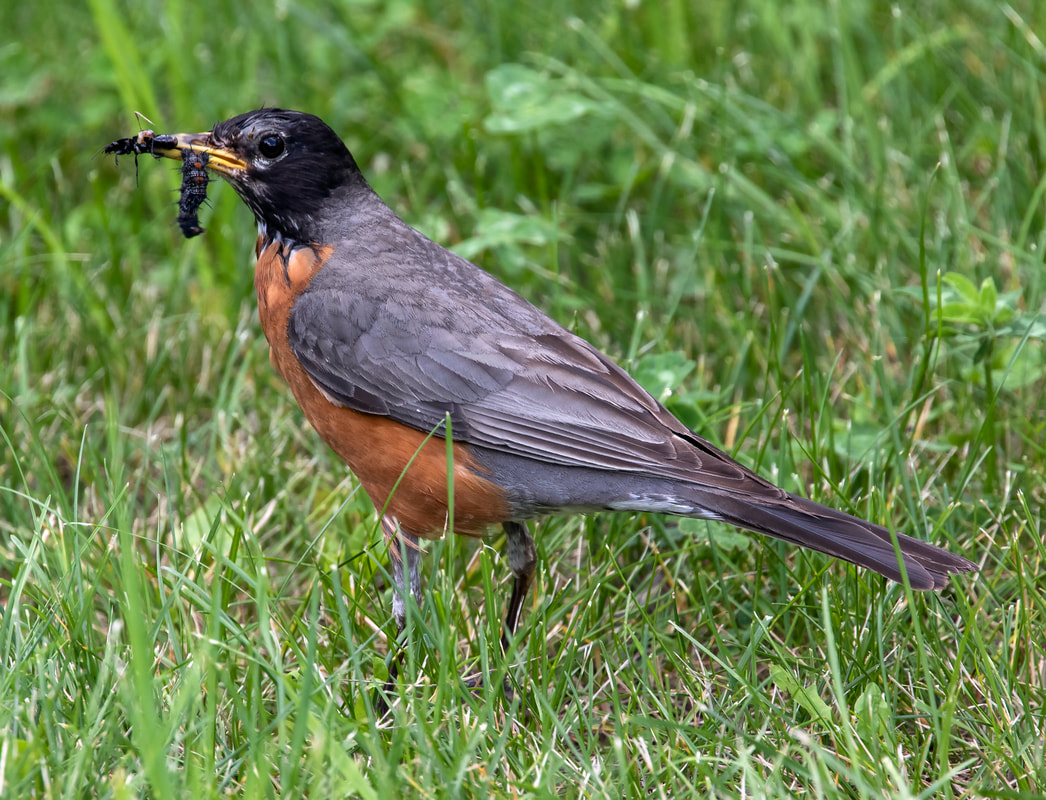



 RSS Feed
RSS Feed
